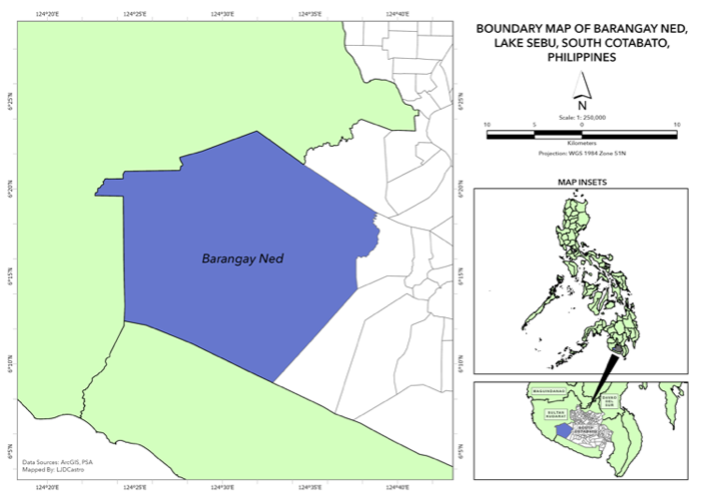VOLUME 17 (Supplement)

SciEnggJ 17 (Supplement) 474-483
available online: December 31, 2024
DOI: https://doi.org/10.54645/202417SupRWV-12
*Corresponding author
Email Address: lcdelcastillo@up.edu.ph
Date received: 19 February 2024
Date revised: 20 May 2024
Date accepted: 28 May 2024
ARTICLE
Developing sustainability indicators for people’s organizations engaged in natural resource management: The case study of Ned Landcare Association, Lake Sebu, South Cotabato, Philippines
Forestry and Natural Resources, University of the Philippines
Los Baños, College, Los Baños, Laguna 4031
Sustainability has become a growing concern for many community-based programs initiated by People’s Organizations (PO). The purpose was to address local community needs caused by inadequate institutional support, lack of linkages and partnerships, and absence of organizational, technical, and financial capacity. The study's primary objective was to develop an indicator to assess PO sustainability, specifically focusing on the Ned Landcare Association (NLCA) in Barangay Ned, Lake Sebu, South Cotabato, Philippines. NLCA has been a farmer-led people’s organization promoting sustainable landcare techniques since 1999. The organization thrives despite insufficient assistance from external stakeholders and geographical remoteness from service providers. Their “Caring for the Land” objective encourages conservation farming and agroforestry practices among upland farmers for sustainable natural resource management. The study's rationale stems from the scarcity of relevant literature concerning the sustainability of POs and the corresponding indicators to assess their sustainability. The study employed mixed-method research to achieve its objectives. It developed twelve PO indicators that focused on the social, economic, and environmental factors within the context of NLCA. Extensive field data collection and statistical analysis generated indicators contributing to PO sustainability. The findings indicate that NLCA exhibits a high level of sustainability, attributed to its strong linkages, effective leadership, successful projects, sound governance, and clear vision, mission, and goals. There are specific aspects of the organization, however, that require attention. Particular emphasis should be placed on membership engagement, policy formulation, livelihood initiatives, and enterprise activities. Conversely, the second-line generation of members plays a significant role in influencing the sustainability of NLCA. It is apparent that the organization initiates innovative programs, reinforces governance systems, and disseminates its vision, mission, and goals to old and new members. To a large extent, NLCA should foster sustained engagement and collaboration for effective natural resources management initiatives.
© 2025 SciEnggJ
Philippine-American Academy of Science and Engineering